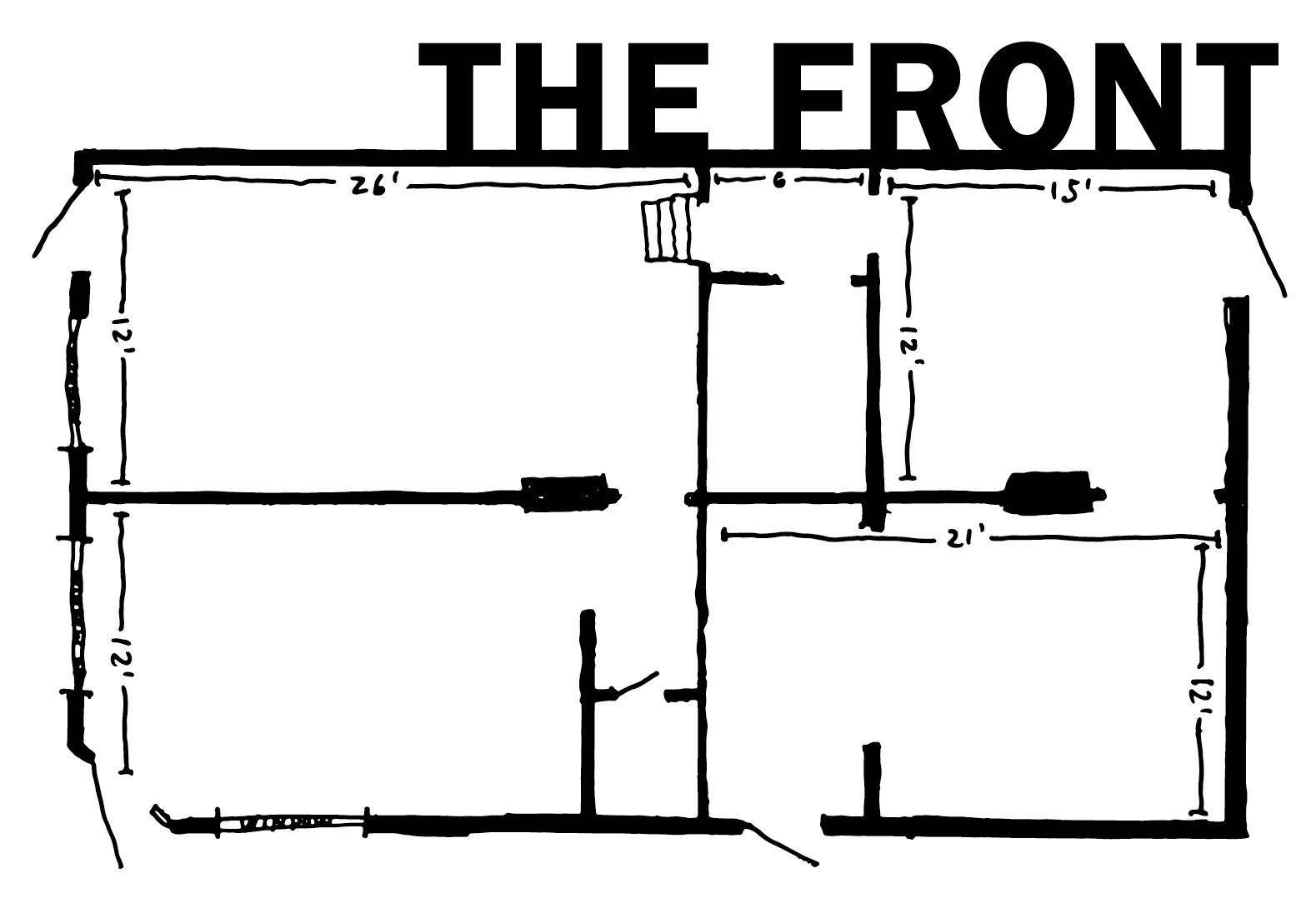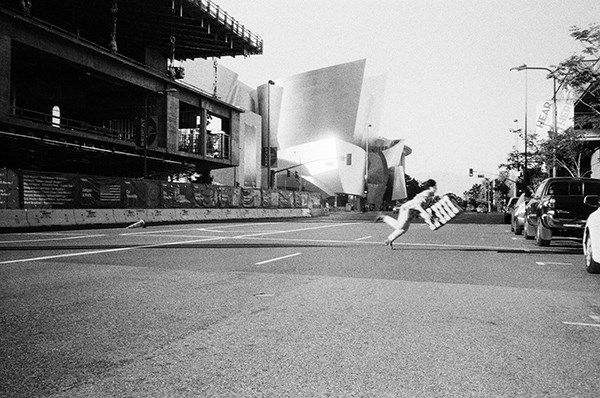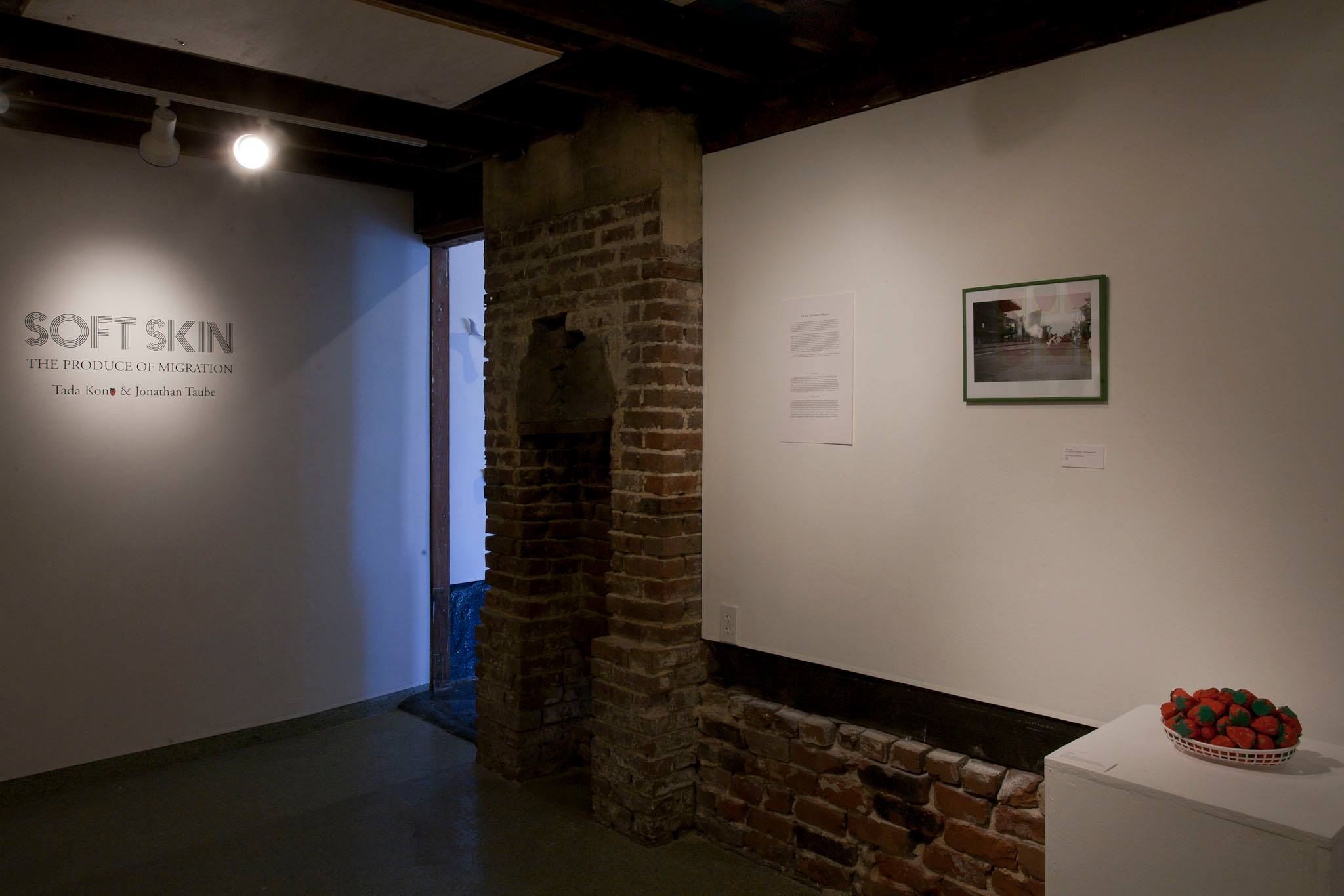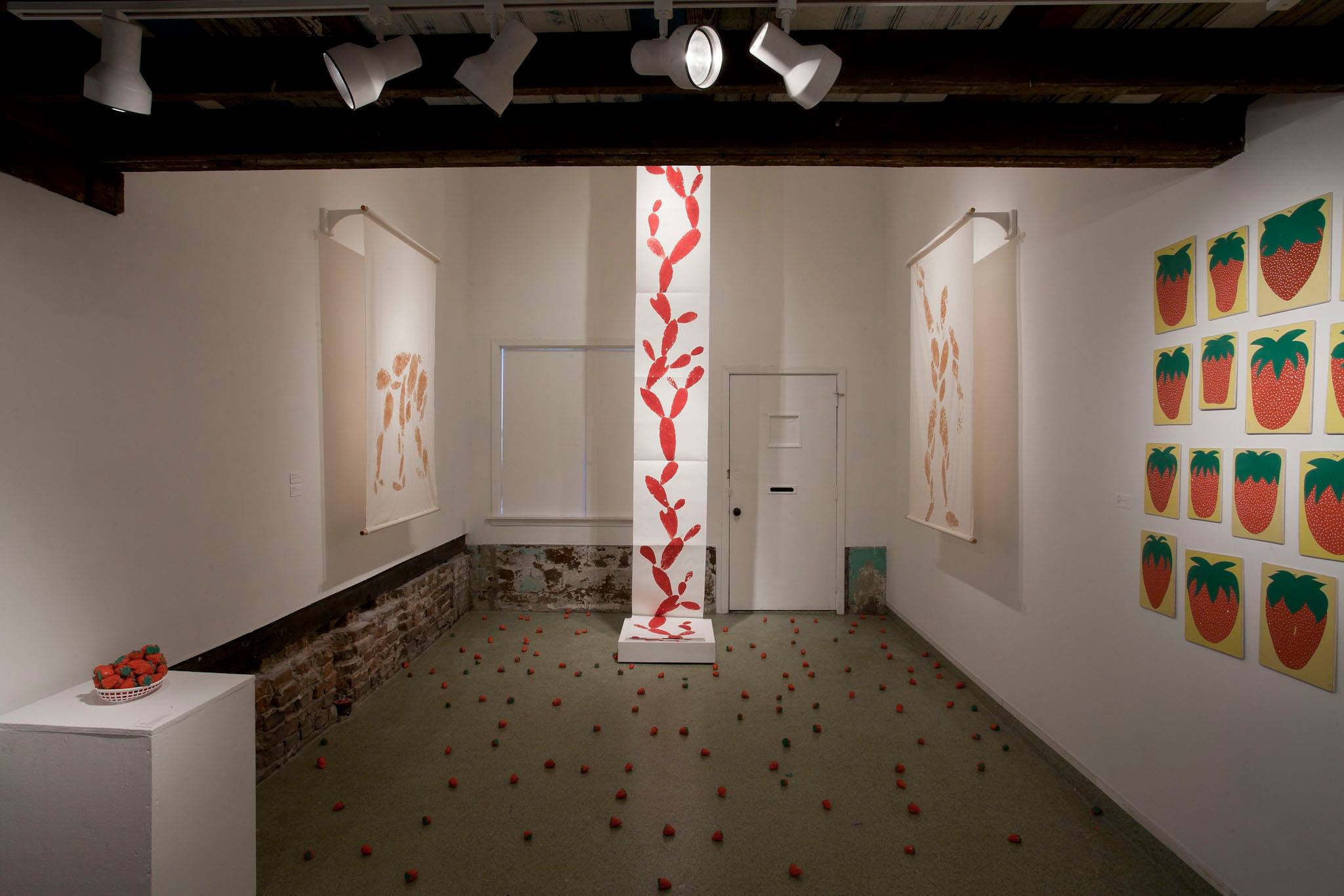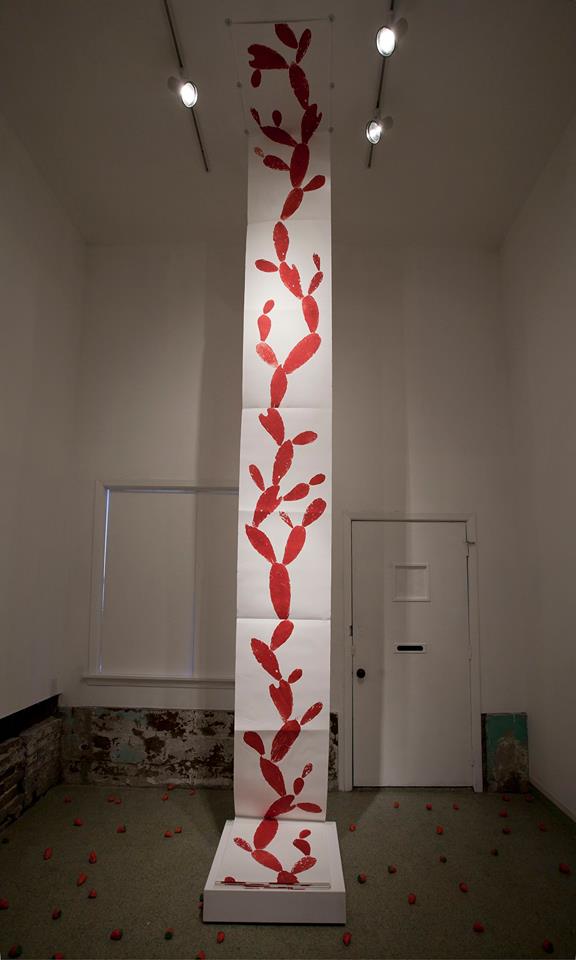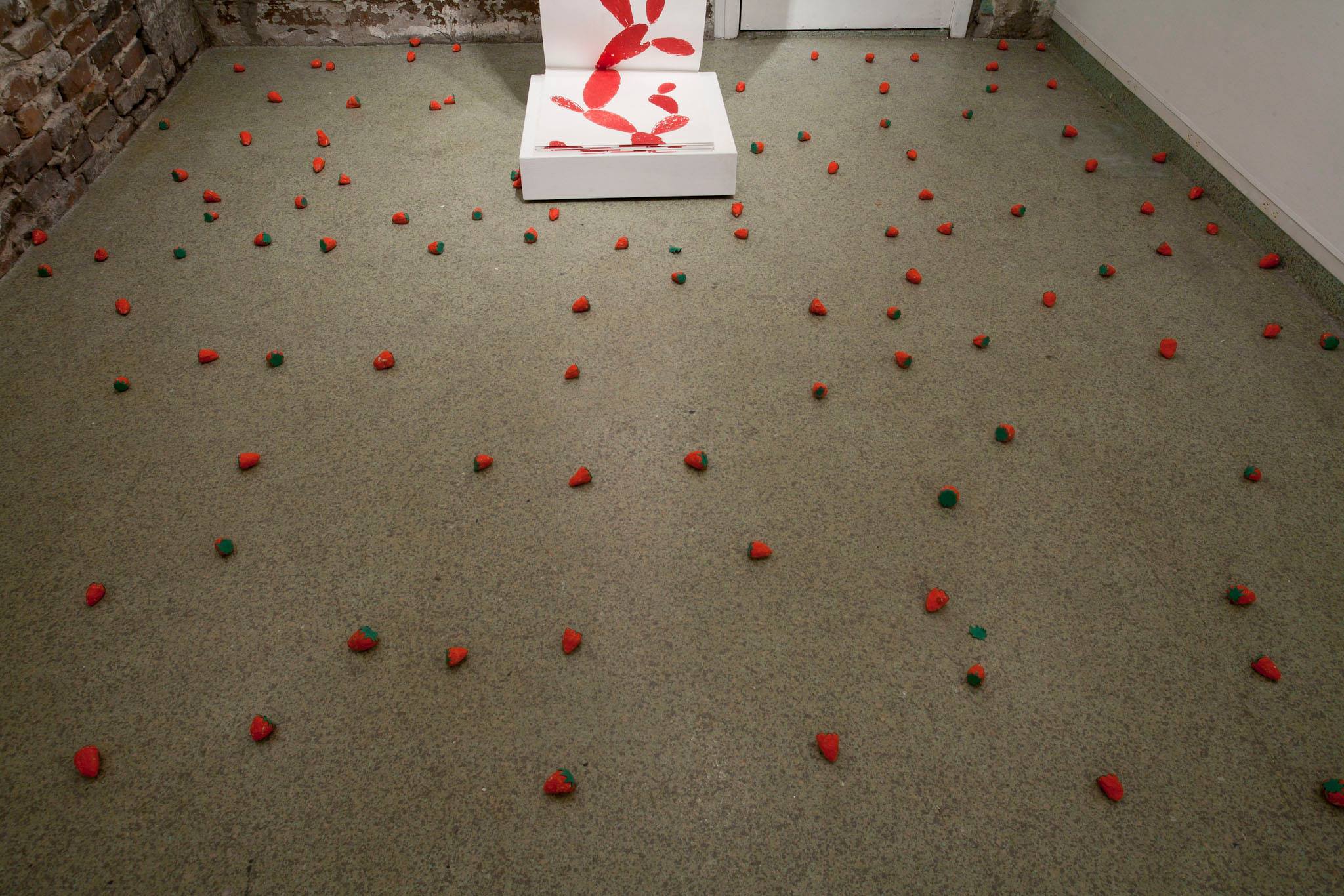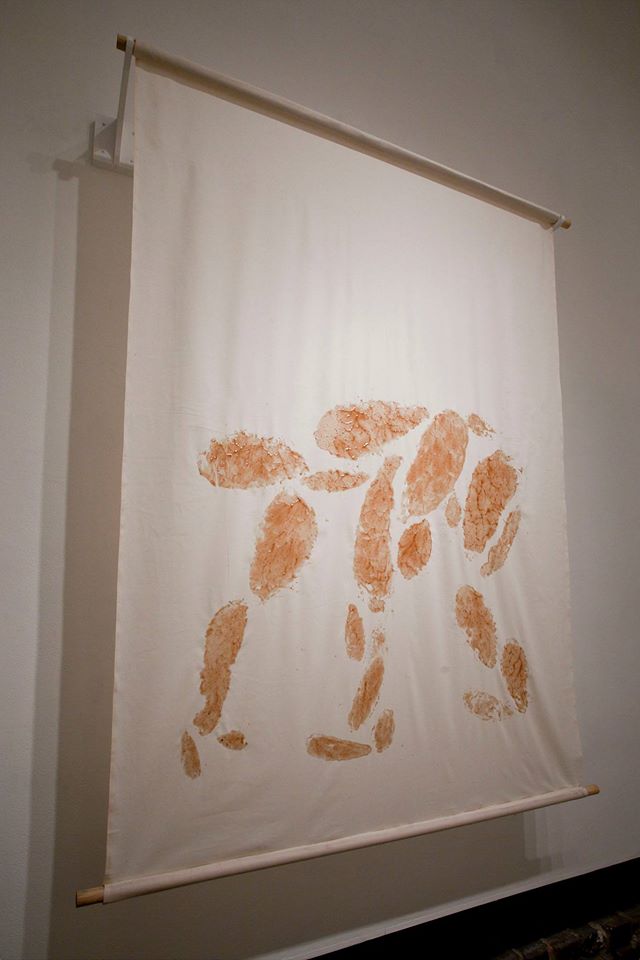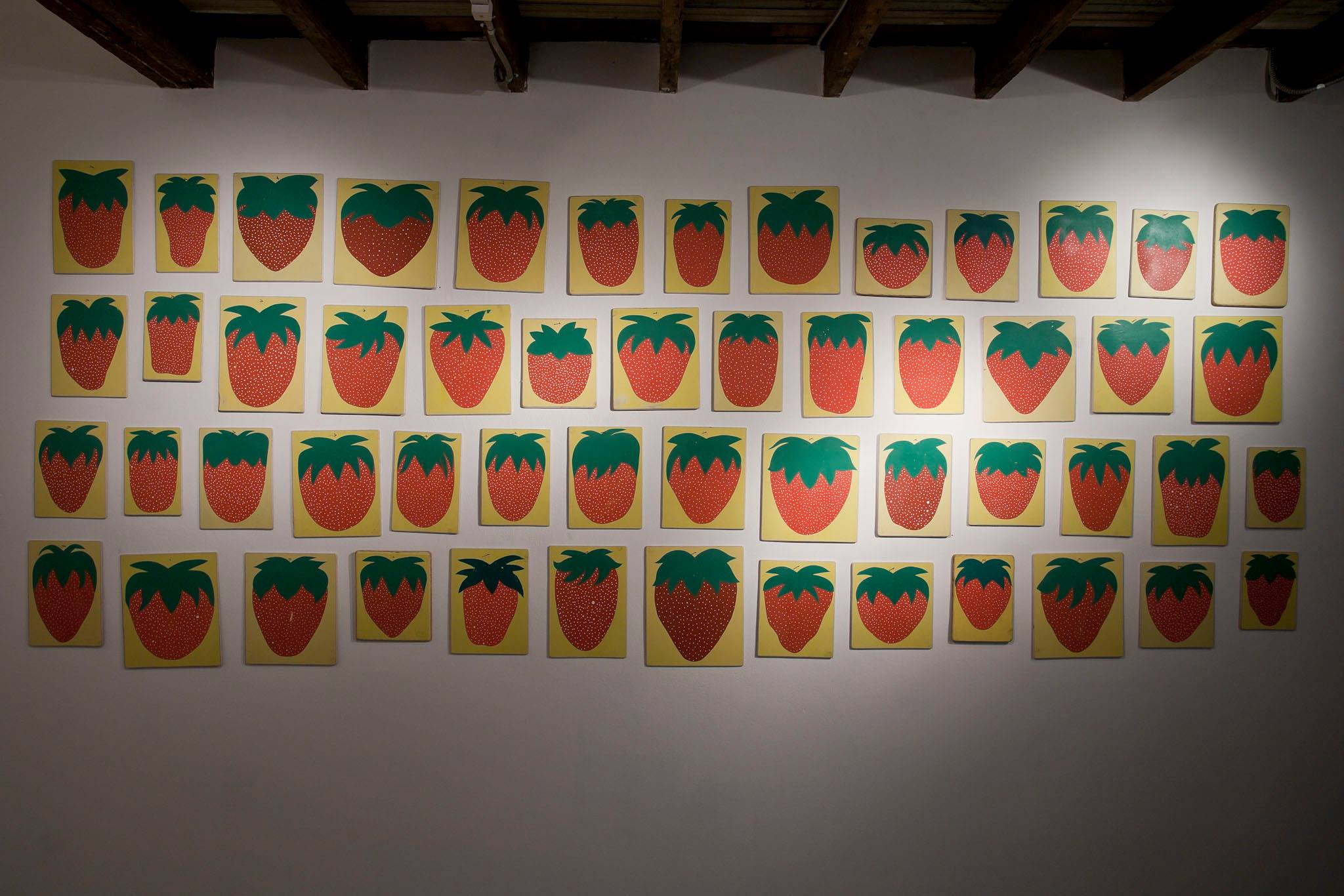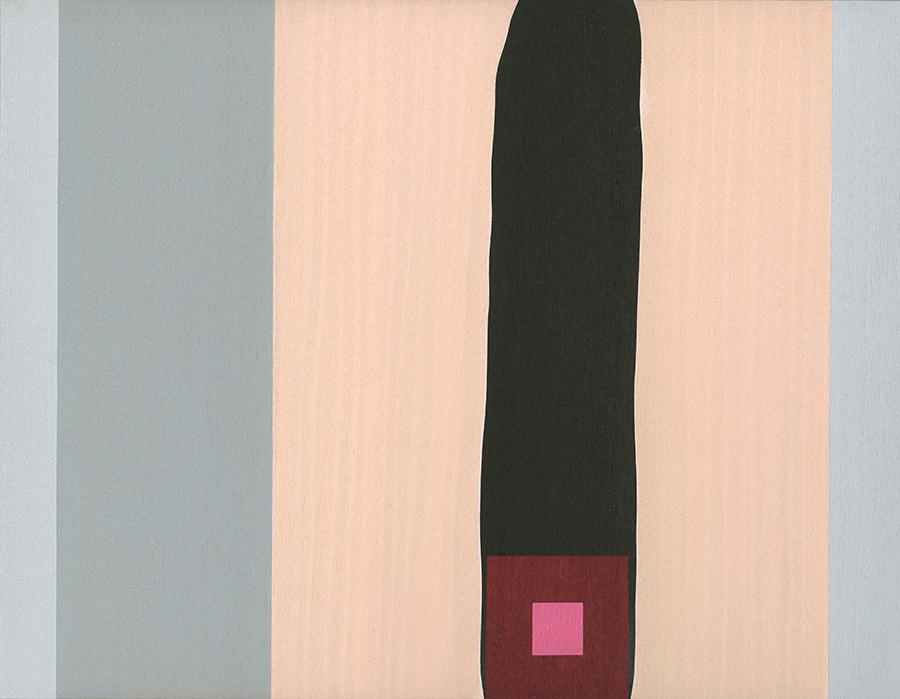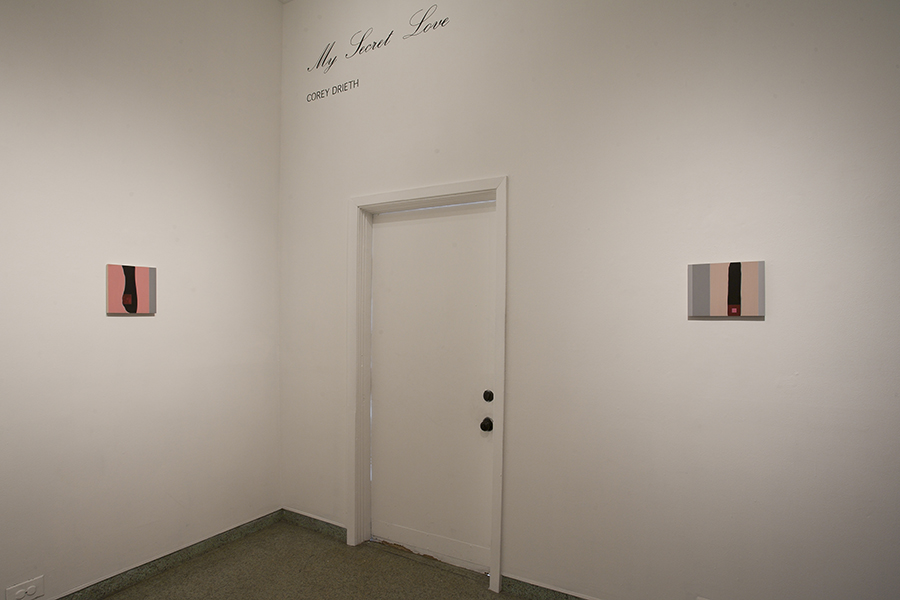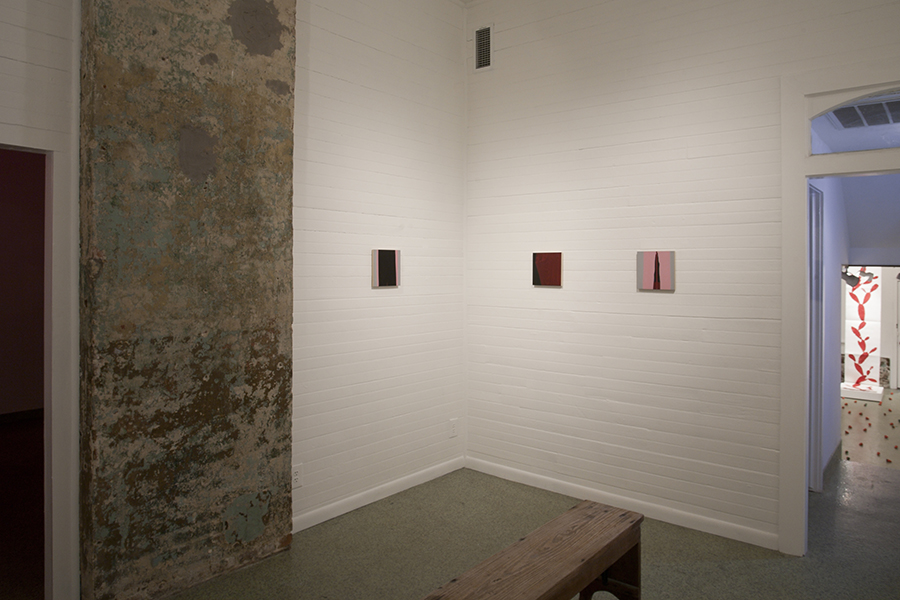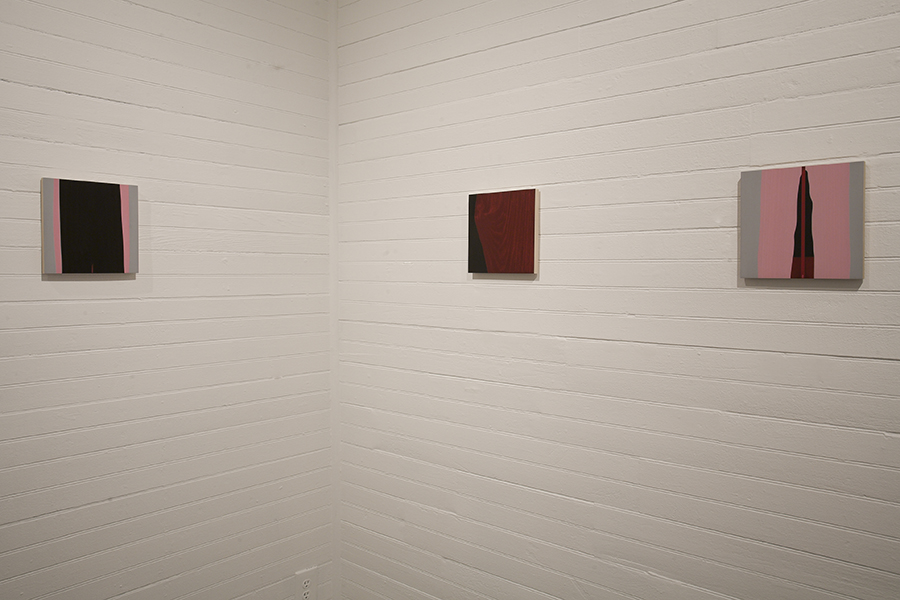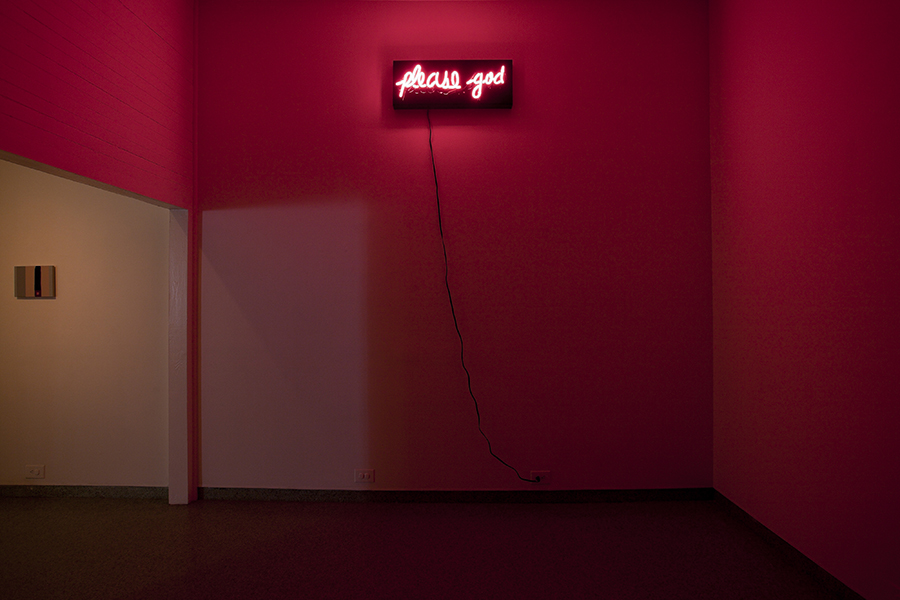February 14- March 8, 2015
Opening reception Saturday February 14th, 6-10pm
Room 1:
Mike Garman
Remnants
“I design what I want to design, what I think is awesome, my hope is that my awesome is your awesome too.”
Michael Garman is both the mind and hands behind the boutique design firm Garman Furniture. He creates each prototype in his studio outside of Houston Texas– believing that “Furniture should be lived with and interacted with,” he says. “It should be something you want to touch and kick your feet up on – a piece of interactive art. ”
Garman honed his artistic eye while earning degrees in fine art and architecture from the Rhode Island School of Design. He believes that creating furniture is the perfect balance between art and architecture. Sometimes simple is just better. Garman Furniture pays homage to basic geometric shapes, seamless surfaces and clean finishes -- celebrating natural beauty, fine craftsmanship and contemporary design. Each design is hand crafted by founder Michael Garman using natural woods and materials that are low in formaldehyde and VOC, a testament to the company’s commitment to the environment.
Garman’s first furniture design, Bnch, was recognized as “Best Prototype” at the 2009 International Design Show in Toronto. He continues to build a portfolio of dynamic furniture – each piece representing a new concept for contemporary living.
Insta. Garmanfuniture
Twitter: mike_furniture
Room 2:
Tada Kono and Jonathan Taube
Soft Skin, The Produce of Migration
To have soft skin is to exhibit a sensitivity to the world, to approach conflict with compassion, and to touch. The phrase derives from Aristotle’s De Anima, in which the philosopher describes the sensitivity of touch to be related to intelligence. He also describes the social stratification of the laborer rough skin as a lack of sensitivity and therefore intelligence. The hand as a sign of social classification to sort the aristocracy from the worker is less relevant in ambitions of America. The quality of skin to the quality of mind is not a truism. Yet the quality of senses do relate to the quality of mind and the state of our relationships with others.
As a tactic the Artist, Tada Kono and Jonathan Taube consider the sensual qualities of their subjects, the image that represent a culture and people, and the media used to interpret a poetic form. In Kono’s Strawberry Fields, he visits the strawberry stands in East L.A. to find forms of folk representation of advertisement. He is sensitive to the quality of flavor that the signs invoke. Using this imagery Kono challenges the quickly developing neighborhoods, with the discrete presence of his replicas nailed to telephone poles and glued to the walls. Taube brings together the desperate images and histories of the Prickly Pear Cactus and the Strawberry. Interested in the strange relationship of both the Israeli and the Palestinian cultural identity to the South American cactus. The Cactus, called Sabra is an image that was adopted by early Zionist and used by the military to illustrate the slogan of personality. “Soft and sweet on the inside, but tough and prickly on the outside” for the Israeli and an image of adaptability and perseverance for the Palestinian. Taube attempts to migrate the meaning of the cactus as resilient to the cultural influences of Hispanic culture in the American southwest.
Together these artists express a humanistic sensibility to address social conflict through the botanical image. Addressing the issue of soft skin by engagement with unique cultures and handling prickly subjects.
JONATHAN TAUBE
Jonathan Taube, a native of New Orleans, a NOCCA Alumni, studied interdisciplinary sculpture at the Maryland Institute College of Art in Baltimore where he produced public interventions and performance based on the subject of attachment of multiple meanings to plants. In his 2008 performance of ISCA: The Invasive Species Containment, Taube received accommodations from the Department of Homeland Security for his efforts to restrict and contain the suspicious growth of the ailanthus altissima, aka, the Ghetto Palm, aka Tree From Hell, aka The Tree of Heaven. After his brush with the detention center, Taube focused his efforts on the strange entanglement of the Prickly Pear Cactus in the Israeli Palestinian conflict. In 2011, Taube and his research partner, Tada Kono, traveled to Israel and Palestine to unearth the century old emigration of the South American cactus to the Middle East, North Africa, South African and India. Taube in collaboration with Kono are investigating the cactus as a cultural image of the Migrant work and alien immigrant along the border of the US and Mexico. Jonathan is currently working on his Masters of Architecture at the Tulane School of Architecture.
TADA KONO
Tada Kono, born in Kamakura, Japan grew up in Ojai, California and is a lives and works Los Angles. Tada has studied at the Idyllwild Arts Academy, studied sculpture at SUNY Purchase, Hunter College and Otis where he is studying industrial design. Tada shares a keen interest in botany and the cultural implication of language that plants and people share. He traveled to Israel in 2011 to research the prickly pear cactus with Jonathan Taube. Together they cataloged instances of its presence in culture, explored bomb shelters and tunnels. Tada’s recent exploration has been into the road side strawberry stands in Los Angeles area. His work is concerned with how people find their roots in foreign soil. Tada uses the images of produce within the context of the streets. His paintings are modeled after the advertisements of the strawberry stands and uses them as an intervention into the streets as a subtle presence of the migrant’s ambition and as a counter culture to L.A. homogenization.
WORKS :
Tada Kono. Strawberry Sign. Hand painted signs. Latex paint on wood. Approx. 6’x12’ 2014-15
Tada Kono. PICKERS. Hundreds of hand formed and painted paper machete strawberries. Paper, latex paint, color paper and plastic. Performance. A person carries the baskets of berries through a crowd until they trip and spill, then berries are picked up. Dimension variable. 2014.
Jonathan Taube. Shrouds of the Picker, reach and kneel. Linen printed with Strawberry Jam. Strawberry Jam on Linen and cactus needles. 7’ x 3’. 2015.
Jonathan Taube. Resilient Tower, after Brancusi. Collagraph prints of Prickly Pear Cactus on paper. 20” x 60’. 2015.
Rooms 3 & 4:
Corey Drieth
My Secret Love
Over the past ten years I have spent almost all of my time in the studio making meticulous small-scale abstract paintings. Inspired by daily life, art history and religious traditions such as Zen Buddhism and Quaker Christianity, this work explores contemplative spiritual experience. Like many people today I want to define my own spiritual path and I do so by borrowing from multiple theological, literary and artistic precedents. Subsequently, my goal as an artist is to create a personal iconography that is intended to be shared with others; I want to make lyrically poetic objects that evoke a sense of deep intimacy and mystery. The paintings shown here are a part of this exploration. However they differ from my previous work in that they also examine this very urge itself. Specifically, they address my semi-secret obsession with the square as a sacred principle, the iconographic center of my spiritual practice.
Since formally committing to this exploration over a decade ago, my interest in the square has become almost fetishistic. For me the square, when placed in and around the flowing radial of wood grain, is erotically charged. It penetrates and is penetrated by this organic structure, it is revealed and concealed by it. It acts as a still point, an empty space, a portal, a light source, a frame, a tender spot, a seed for creation. This sometimes awkward, sometimes tense, sometimes graceful relationship embodies my own search for meaning - the search for a balance between the inner and the outer, the intuitive and the rational, the timeless and temporary - a search that is defined by the ritual of making and remaking.
Corey Drieth was born and raised in Northern Colorado. He attended Colorado State University in Fort Collins where he received undergraduate degrees in Philosophy/Comparative Religious Studies and Studio Art. After serving as the Critic and Artist Residency Series (CAARS) coordinator for CSU’s Hatton Gallery, he attended graduate school at the University of North Carolina and received an MFA with a thesis in drawing/painting in 2004. Before joining the Visual and Performing Arts Department at the University of Colorado in Colorado Springs in August 2007, Drieth taught studio art classes at CSU, the University of North Carolina and the University of Virginia. His work has been exhibited throughout the country, including San Francisco, Chicago, Albuquerque, New Orleans, Washington DC and New York City.
